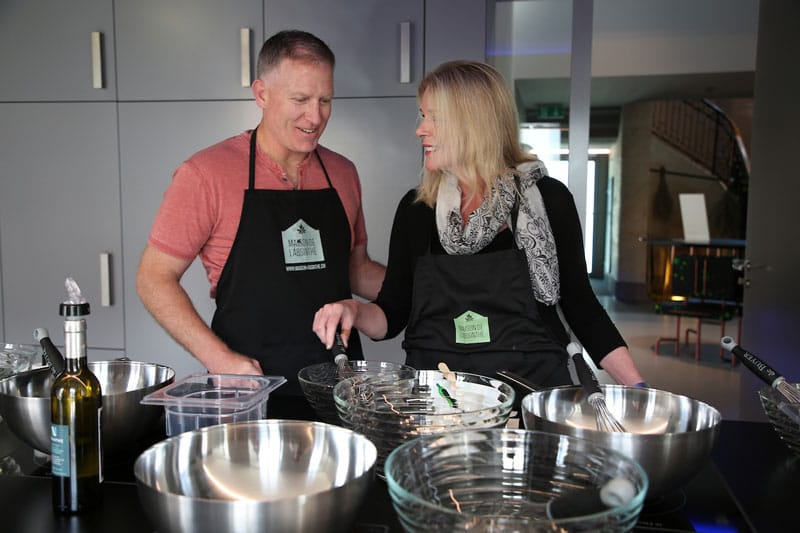
Almost everyone has heard of absinthe - its century-long ban and recent reinstatement are legendary - but how many people have actually tried this mysterious alcohol? Check out these facts (and debunked myths) to discover what makes this controversial drink so mystifying.
Chasing the Green Fairy
There are many stories about why the drink is nicknamed the "Green Fairy," most popular among them is that a fairy offered the drink to travellers on the road, but the real reason is because of the colour of the alcohol, which is an ethereal greenish-brown hue. This emerald elixir didn't stay green forever - after its ban in numerous countries, bootleggers and illegal distillers began forgoing the coloured herbs to keep the liquid transparent and less recognizable. This clear absinthe, known as "La Bleue," is the most common absinthe found in Switzerland and was easier to disguise from authorities by passing it off as other liquors. Maybe we should call it the "Clear Fairy" now?
Exploring the Absinthe Trail

There are also many legends surrounding the infamous "Absinthe Trail," which stretches from Switzerland to France. Although you won't find a drink-wielding fairy, travellers and absinthe-enthusiasts can find many different stops where they can learn about and enjoy this famous libation. From local distilleries to the actual absinthe plant flowering along the route, the trail encapsulates the full "Green Fairy" experience.
With its birthplace in Couvet, Switzerland and its highest popularity in Paris, France, it should be no surprise that this was the drink of choice for European artists such as Van Gogh and Picasso. However, the idea that absinthe causes hallucinations is completely false. The controversial chemical in absinthe that led to its ban, thujone, is known to create psychedelic side effects but it is so minimal in this alcohol that it is physically impossible to feel any out-of-the-ordinary reactions.
"Troubling" traditions
Despite its problematic history in the liquor industry, absinthe is not a far cry from standard alcohols. So why does absinthe feel different than other alcohols, and what's all the commotion about? The main reason is that it contains a higher alcohol content than what people are used to-averaging around 120 proof.
Since the alcohol content is so high, it should be of little shock that the traditional method to drink absinthe is by diluting it in ice water and sugar cubes. This is called "troubling" the drink, due to the water creating a cloudy appearance to the otherwise clear liquid. On top of its high alcohol content, it also contains aniseed and fennel which are proven to have a mild stimulant effect. Some drinkers claim that this causes liveliness in the brain, similar to caffeine. So instead of hallucinations, you're more likely to have mental clarity.
Absinthe à la mode

Curious about what this previously-outlawed alcohol actually tastes like? With a main ingredient of aniseed, the drink has a flavour that resembles licorice. Any fans of the Italian liqueur Sambuca will enjoy this refined drink when it hits their primed palates. Don't like the flavour of licorice but still want to experience the legendary beverage? Cooking with absinthe is another convenient option. One of the most popular recipes is the soufflé glacé à l'absinthe, which is an absinthe ice cream that highlights the alcohol's mint elements. Make sure you bring an appetite.
Cheers!
Absinthe is not a magical potion or an illegal drug. It's just another form of alcohol with a rich history. So whether you're Swiss or a curious traveller, grab a friend and a drink of absinthe and see what all the fuss is about.

